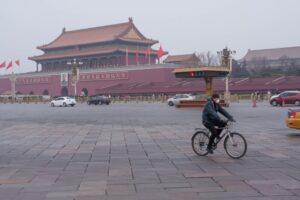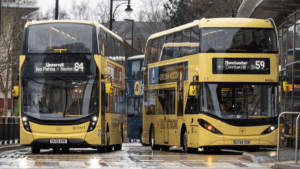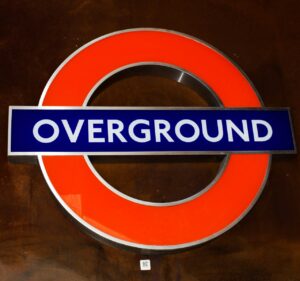Director of Environment at Marston Holdings, Nick Ruxton-Boyle expounds on the relationship between levelling up, low traffic neighbourhoods and air pollution.
Happy Lunar new year to all the readers of Air Quality News.
There have been two recent publications that have caught my attention, a low traffic neighbourhood (LTN) report and the levelling up funding announcement. Both are well worth looking at if you are interested in local government funding and ambition.
The first is a report that came out last week from Possible, a climate charity and its high level findings are that these LTN schemes do not increase traffic on boundary roads.
I am heavily involved in a number of LTN schemes and have talked about them before in this blog. They are one of the most divisive traffic policies over the last few years with many going in as part of the pandemic management strategy with little or no consultation.
They are essentially areas of road networks, normally residential, that restrict vehicle traffic either by using bollards or enforcement cameras. The latter being much more flexible as it allows white list of emergency vehicles, buses etc to pass freely, as well as a tool to enforce compliance.
The report validates some of the data I am seeing on many of our schemes that both internal and external vehicle traffic is reduced as a result of these projects. This has a significant improvement on local pollution, as well as congestion, collisions, and noise.
These schemes, and their more acceptable little brothers ‘school streets’, are here to stay and with the extension of enforcement camera powers spreading across the UK, we will generate more data to validate their positive local and strategic impacts.
The second publication was the funding for round two of the Levelling Up Fund. We have helped a number of authorities secure funding of which we are very proud. Like any government competitive fund, it is massively oversubscribed, and many worthy schemes have not received anything. Plus, the expense and time required to submit a bid (£30,000 I read somewhere) can be better spent on other priorities in the current economic crisis.
I have looked through all the successful bids and regardless of where they are in the country, they all show a level of ambition that makes me proud to work in and with the public sector. Many are regenerating forgotten areas and bringing back to life important civic assets. There are only a handful that highlight their environmental credentials but I know that this was a big factor in allocating the funds.
Both publications show how local authorities are looking to work with local residents to improve local areas using technology, best practice and new and innovative funding sources. Councils are stretched at the moment, as we all are, but looking at these projects makes me excited to see what we can do together when the going gets better.
The next round of Government funding to be announced is the annual DEFRA air quality grant, which I am greatly looking forward to. Yet another example of how the public and private sector can work together to improve local air quality.
Earlier this month, Air Quality News published a long read on the disproportionate impact of air pollution on society’s most disadvantaged. Take a look here.
Image: Matt Seymour

















Thank you – I’m going to have to read this one a few times – plenty to think about here.